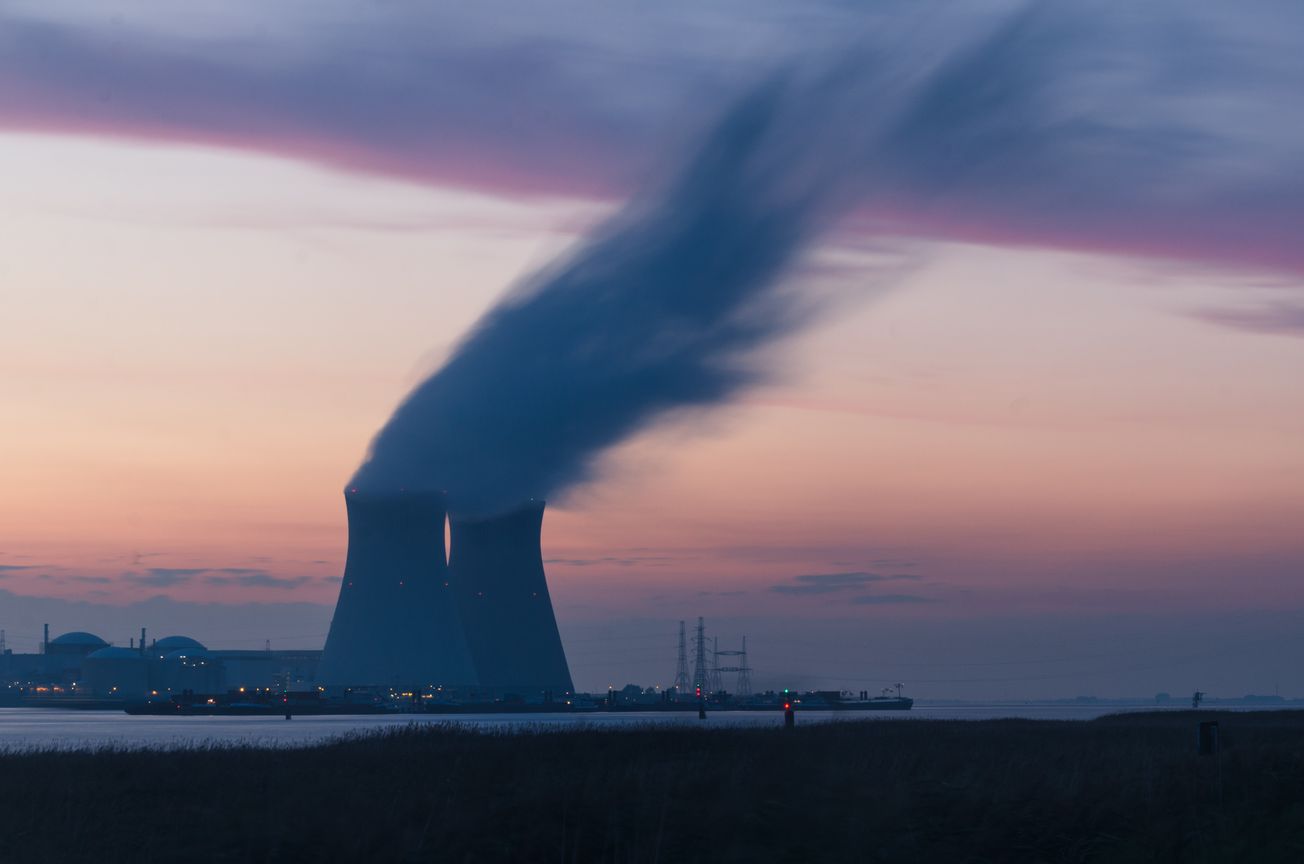By Tiberiu Toca, SciTech Investigations Editor
The process that creates the energy that powers the universe, fusion, takes place in the centre of stars. Could it also solve our energy crisis?
Bursts of energy are released when light nuclei combine to form a heavier nucleus. The nuclear fission reaction, which is currently used in nuclear power plants, releases energy when a nucleus splits apart to form smaller nuclei. Deuterium and tritium, two types of hydrogen, are heated to extremely hot temperatures to conduct fusion here on Earth. An exceedingly small portion of the mass is converted into "fusion" energy as the gas transforms into plasma and the nuclei combine to form a helium nucleus and a neutron. From tiny amounts of fuel, plasma with millions of these reactions per second can produce a significant amount of energy.
Researchers started looking for methods to start and control fusion reactions in the 1940s to generate useful energy on Earth. Since fusion reactions require temperatures of hundreds of millions of degrees, which are too hot to be contained by any solid chamber, the task was challenging from the start.
Instead, physicists attempted to contain the hot plasma using magnetic fields. This strategy was known as ‘magnetic confinement’. In the middle of the 1970s, American administrators made the decision to concentrate all magnetic confinement research on the tokamak, a device developed in the Soviet Union which is a magnetic chamber in the shape of a ring.

To understand fusion, it is helpful to know about plasma, a special type of matter that is involved in fusion. You might have seen plasma in everyday life, such as in lightning, neon lights, and fluorescent lights. Plasma is created when gases are heated to extremely high temperatures, causing the electrons and atomic nuclei to separate. In order for fusion to occur, three things are needed: the plasma must reach a specific temperature, be dense enough, and be maintained for a certain amount of time.
The first of these requirements is heat. Fusion takes place in the sun's core at a temperature of 15 million degrees Celsius, but temperatures on Earth must be much hotter due to the lower pressure. These temperatures are required to give the nuclei enough energy to overcome repulsion and fuse.
Secondly, density: many atoms are required. For a fusion reaction to be self-sustaining, there must be enough of them occurring in the plasma at any given time. For instance, the sun burns more than 600 million tons of hydrogen per second. Plasma produced in a tokamak is loaded with enough fusion fuel to speed up the reactions.
A breakthrough in nuclear fusion has been announced by scientists in the US, bringing us a step closer to a potential source of limitless clean energy.#Nuclear expert Dr Peter Martin from @SWNuclearHub and @BristolUniPhys is available for comment.#journorequest #expertrequest pic.twitter.com/zf4I7XSLDj
— Bristol Uni news & coverage (@BristolUniMedia) December 13, 2022
The more time, the better. Time must be enough for fusion reactions to occur and maintain the plasma at a stable temperature and density. The number of reactions multiplies as the plasma heats up, producing more energy. Fortunately, fusion energy science has been well understood for a long time but to make fusion power a reality, there are still many engineering and teamwork obstacles to overcome.
Fusion is much more than physics. It ought to be a key weapon in the struggle against the most pressing issues facing the globe, such as combating climate change and eradicating poverty. Health, economic growth, and social stability all benefit from greater access to energy. But given that a billion people still lack access to electricity and that many more only have sporadic power, more energy is urgently needed.
Fusion is much more than physics. It ought to be a key weapon in the struggle against the most pressing issues facing the globe
At the same time, the window for slowing down climate change is closing. According to the Intergovernmental Panel on Climate Change, the world must reduce greenhouse gas emissions by at least half by 2030 to achieve one of the objectives of the Paris Climate Agreement, which is to keep global warming to less than 1.5 degrees Celsius this century. It is necessary to phase out fossil fuels as soon as feasible and implement much cleaner forms of energy.
The conflict between the need for more energy and the need to cut carbon dioxide emissions may not be able to be resolved with current technologies. An issue like climate change is a justification for making bets on a variety of far-reaching energy solutions, but fusion technology may have the biggest potential gains. Additionally, it may be a practical solution on longer time scales.
The key, according to Troy Carter, a plasma physicist at the University of California Los Angeles, is to ensure support for fusion remains steady. ‘Given the level of importance here and the amount of money invested in energy, the current investment in fusion is a drop in the bucket,’ Carter said. ‘You could imagine ramping it up orders of magnitude to get the job done.’ He continued by saying that funding for fusion does not need to come at the expense of other clean energy sources like nuclear, solar, or wind power. ‘We need to invest across the board,’ Carter said.
University of Bristol bring cutting edge robotics to nuclear research
The large-scale fusion experiments at NIF and ITER will currently proceed slowly. At NIF, researchers will keep advancing their technique in the direction of energy-positive fusion. ITER will start operating in 2025, and experiments involving hydrogen fusion will begin in 2035.
The planet may not be illuminated by artificial star power for decades, but the groundwork needs to be done today through research, development, and deployment. Fusion power might very well be the pinnacle of human achievement.
Featured image: Unsplash / Frederic Paulussen









